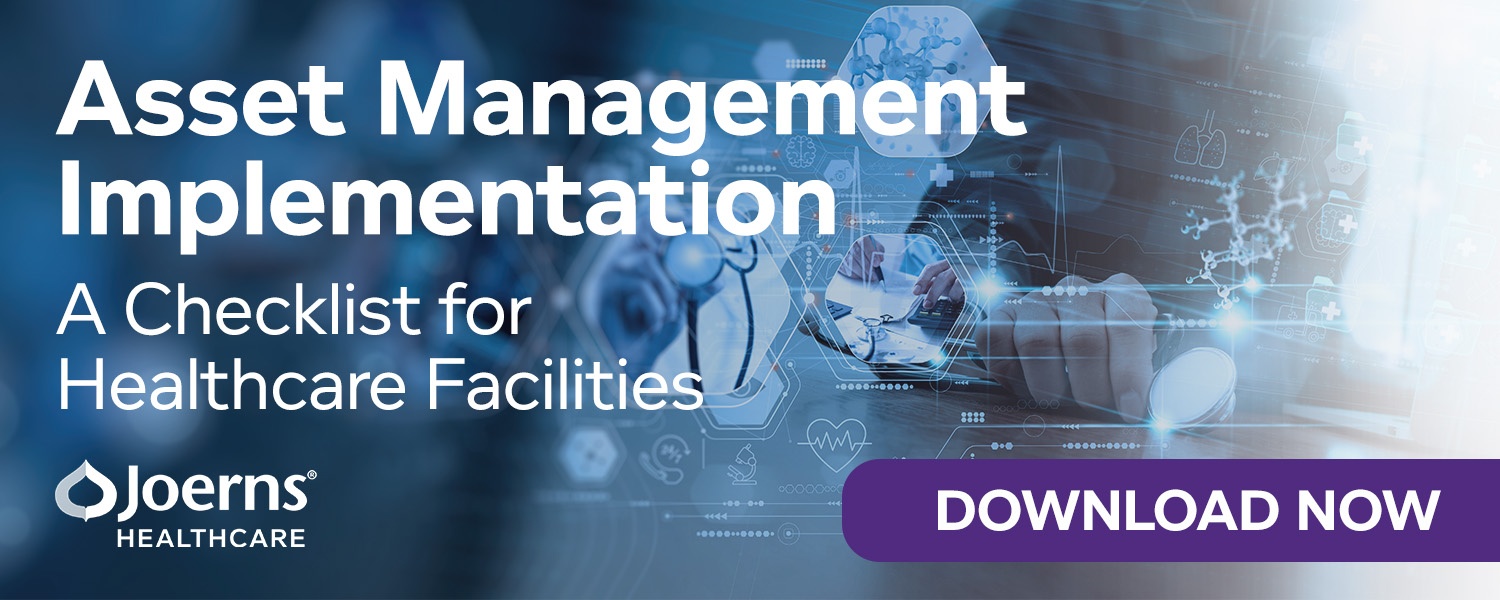The need for asset tracking solutions in healthcare is growing with the proliferation of expensive devices. A barrier to adoption remains the relatively high initial cost of developing infrastructure for asset tracking solutions.
Appropriate placement and supply in hospitals improve the quality of patient care and influence treatment outcomes in emergencies. Therefore, commodity management could be considered an all-important task that hospitals should not neglect.
With accurate location data and better asset management, you can achieve improved tracking of medical assets, but you can ultimately take care of patient health more efficiently. Well-maintained supply-demand records would help improve the inventory ordering process. With fewer instances of missing equipment or asset theft, hospitals could achieve higher ROIs (return on investment).
The ROI for such systems can often be quite significant from several viewpoints, including cost avoidance (due to equipment replenishment reasons), improved clinical workflow and productivity, and medico-legal considerations.
How Does Asset Management Work?
Asset management reduces the required fleet size by making devices more available and increasing their utilization. It provides the data needed to assess device usage, maintenance, and failure rates to make evidence-based purchasing decisions. This eliminates unnecessary equipment purchases and improves the overall utility of hospital facilities.
One method of improving asset management is real-time tracking systems (RTLSs) used in other industries to manage equipment efficiently. RTLS solutions are primarily used to track medical staff, patients, and assets in healthcare. Adopting these solutions has benefited hospitals, including cost reductions, improved quality of medical care and work processes, and increased patient satisfaction. Interest in introducing these systems into healthcare is rising, albeit gradually.
Recently, the healthcare sector has adopted barcode, radio frequency identification (RFID), Wi-Fi, and Bluetooth sensor technology to develop tracking systems. Additionally, studies have shown that these systems effectively reduce costs, improve the quality of medical services, improve work processes, and increase patient satisfaction by tracking medical professionals and patients.
Why Is a Hospital Asset Management Plan (AMP) Important?
It is essential to have a well-managed medical asset tracking solution with the following issues considered:
- Human Errors: Tracking medical devices and equipment through manual processes such as maintaining spreadsheets or manual registers makes the system error-prone, inaccessible, and unnecessarily time-consuming.
- Inventory Mismanagement: Most hospitals have excess inventory due to potential losses and past experiences of missing equipment. Incorrect inventory estimation due to an improper tracking system could lead to further inventory management problems, causing additional costs.
- Cost of Lost Person-Hours: The time spent locating lost equipment contributes to the financial losses, lost person-hours, and wages due to hours spent finding lost assets.
- Impact on Patient Experience: A lack of equipment directly translates to delays in treatment, reduced patient safety, longer wait times, and an overall poor patient experience. Imagine a postponement because the patient could not be treated in time due to a lack of equipment.
- Patient Life-Endangerment: In situations where a lack of equipment could mean delayed treatment or, worse, loss of life, the hospitals’ assets become irreplaceable.
How Can ROI be Calculated to Maximize Investment Value?
The ROI for RTLS is typically based on three areas of cost savings:
- Improved clinical efficiency
- Increased utilization reduction
- Reduction in loss
There are several different methods to estimate the ROI for a specific area of cost savings. ROI can be calculated using time studies that track the time spent locating equipment and supplies to increase operational efficiency. These time studies should target assets that are routinely needed or take a long time to find, such as wheelchairs, infusion pumps, and UV stands.
Capital expenditure savings can be estimated using industry averages. ROI calculations should consider both operational and capital savings expected from implementing asset tracking by calculating total annual savings and estimated payback time based on information available within the organization.
Conclusion
Asset tracking refers to the ability to detect, identify, and locate assets infusion pumps, wheelchairs, or any other object or device and record the physical locations of those assets over time.
Although already commonplace in some industries, tracking technology in healthcare is still relatively new. As a result, the systems are still evolving. While some healthcare facilities could reap benefits from implementing an asset tracking system almost immediately, others would benefit from waiting a while for the market to grow.
With all its benefits, ROI is not a hospital management’s most significant concern; what is more critical is the health and safety of the patients. A reliable, complete view of medical assets is required for better and faster healthcare delivery, better hospital staff time, and better asset management. But most importantly, the system would help reduce patient waiting time, ensure overall better patient health, and achieve the goal.
